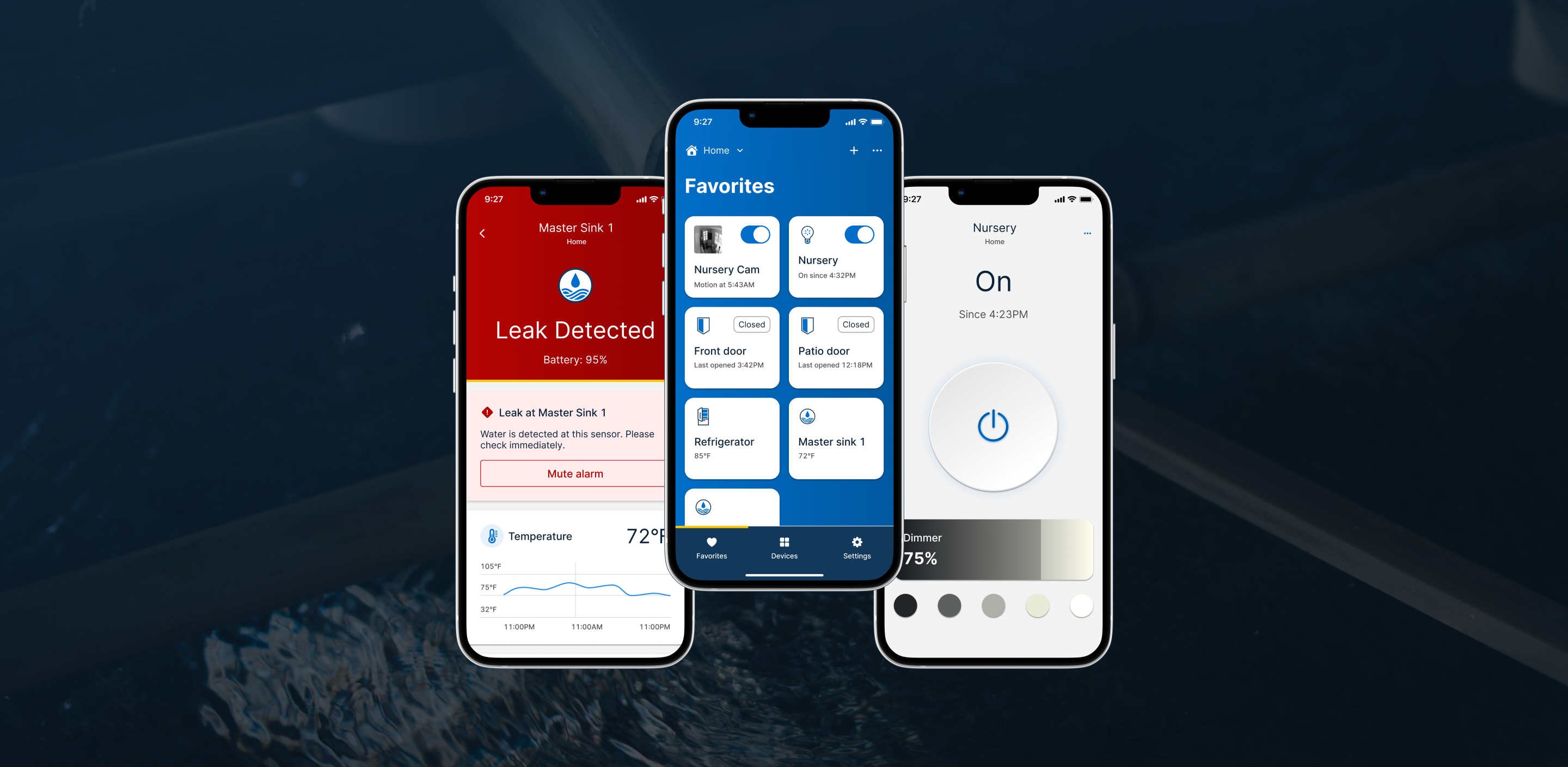

Meeting member needs with the first new insurance product in 30 years.

The initial project scope was to launch a first version of a new product, which would then be quickly scaled.
In order to meet the roadmap for the first version of the new product, my role as the lead designer required several key activities, including:


The unique needs of our members, often moving due to military commitments, presented an opportunity for our company. Many military partners launch their businesses, ranging from freelance work to professional services, in response to the demands of military life.
In line with USAA's mission, we aimed to enhance financial security for members pursuing business ownership, offering flexible insurance options tailored to their needs. As a seasoned product designer, I led the design team on this groundbreaking innovation project, marking the company's first venture into new insurance product development in three decades.
Assembling a small cross-functional team, utilizing the new enterprise design system, and conducting extensive user research, I led our design team to develop a digital experience that not only fulfilled our mission but also provided a valuable and competitive service to our members.

As the business continues into its next century, USAA must continue to drive financial health and security.

Commercial insurance is an opportunity to better serve currently unmet needs of the membership.

Every business is different and insurance offerings must be able to adapt to varying member needs.
Being a brand new effort for the company, I had to quickly understand what the initial challenges would be that might hinder my team’s work while building relationships with both a new business team and development team.

Developing the first new insurance product in 30 years required not only a fresh perspective but also a delicate balance between honoring our company's legacy, pushing the brand, and embracing innovative changes.

Understanding the unique needs, challenges, and mental models of small business owners demanded a commitment to tailoring the experience to their perspectives for a great digital experience.

Breaking down the traditional organizational siloes between business, design, and development teams was essential to ensure high team velocity to rapidly design and launch the minimum viable experience. This is a challenge for any large legacy organization, but critical for competitive success.


Alongside two other moderators, I conducted several interviews with small business owners to gain an understanding of their challenges, needs, and aspirations in the context of insurance.
Our participants were a mix of civilian and military-affiliated individuals.
We talked to people from a range of industries from retail to construction.
The business sizes ranged from individual contractors to dozens of employees.
![Quote: "Small business insurance [in general] sucks. It sucks to have to get it because if you don't get it all right, it's almost as if you have to have an engineering degree. It's overwhelming." –Participant 6, Contractor, less than 50 employees](https://cdn.prod.website-files.com/647012980d72f61b1a110ff3/657be5a3791d14c32b766708_sbi-member-research-insight.png)



While we had little control over the external effects of COVID-19, this highlighted a need for easy to find resources and content.

It’s part of the company’s mission to offer education and advice when it comes to our products. This further illustrated that we needed to simplify the acquisition experience as much as possible, as well as include as much help and education along the way as possible.

The team didn’t identify any actionable insights from this theme, however it did highlight to us how strongly our members felt about their independence and leadership for their business.
I facilitated various collaborative workshops with members of the business and development team to accelerate our ability to create a minimally viable experience for sales, servicing, and claims.

Using the innovation sprint format, the business team was able to make decision quickly to get to a testable prototype of the experience.

Three words: early and often. A good product gets made efficiently only if all critical arms of product are engaged early and often in the design process. I immediately engaged members of my business and development teams as we began ideating on these new experiences for the small business product.

Test concepts early and as quickly as possible to shorten the time to find the best performing solution. I sought feedback anywhere I could, through our testing platform and from other employees, enabling us to pivot quickly before implementation.

Leveraging the prototypes from the Design Sprints, the team was able to quickly prototype key areas of the digital experience to get early feedback.



These achievements highlight the impact of member-focused design and cross-functional collaboration, demonstrating the company's commitment to delivering on its mission through innovative and meaningful products.
Looking ahead, we are exploring additional strategic offerings that align with our membership's needs.


Since 2021, our digital experience has consistently increased revenue year-over-year, averaging a monthly growth rate of 13%-16% through 2023, totaling seven-figures in revenue to date.

I led the team in new ways of working, which enabled the business team to rapidly launch the first new product in 30 years to meet our member needs.

Leveraging the emerging enterprise design system, I designed simple, flexible patterns to support members in customizing their business insurance to meet their needs.



Leveraging innovation sprints to rapidly prototype and test a whole new insurance experience


How getting on the ground and meeting customers can drive digital innovation and inspire new ideas
Interested in working together? I'm open to discuss new challenges and ideas that are a mutual fit, so don't hesitate to reach out!